Influence of relative compaction and degree of saturation on thedeformation characteristics of bentonite under freeze-thaw cycles
Hao Wang ,Xu Li ,WenShao Xin ,Vlaimir Nikolaevih Paramonov ,XueWen Zhao
a Department of Civil Engineering, University of Ottawa, Ottawa, ON K1N6N5, Canada
b Key Laboratory of Urban Underground Engineering of Ministry of Education, Beijing Jiaotong University, Beijing 100044, China
cEmperor Alexander I St.Petersburg State Transport University, St.Petersburg 190031, Russia
d Qingdao Transportation Planing and Design Institute Co., Ltd., Qingdao, Shandong 266043, China
Keywords:Bentonite Relative compaction Degree of saturation Freeze-thaw cycles Deformation
ABSTRACT Bentonite,consisting of clay minerals of the montmorillonite group,has been widely used as an adsorbent and backfill material in nuclear waste disposal and groundwater remediation.It is challenging to use bentonite as a filling material in cold regions since bentonite is highly sensitive to thermal environmental changes,during which its bulk volume and microstructure change significantly.In this study,a series of one-dimensional and threedimensional freeze-thaw tests were carried out within a closed system to investigate the influencing factors of the deformation of bentonite under freeze-thaw cycles.Results show that the initial soil water content greatly impacts bentonite's deformation during freeze-thaw cycles.For an initial higher degree of saturation (Sr),the expansion caused by the formation of ice lenses has a greater impact than the shrinkage induced by dehydration,ice-cementation,and so on.Conversely,bentonite tends to shrink at a lower degree of saturation during freezing.And the critical degree of saturation that determines bentonite's behavior of frost heave or frost shrinkage seems to be roughly 0.8.As the number of freeze-thaw cycles rises,initially uncompacted bentonite clay becomes more compacted,and initially compacted bentonite clay remains unchanged.
1.Introduction
In recent years,large amounts of contamination of subsurface soils and construction waste with heavy metals and organic pollutants have been produced because of inappropriate disposal practices and accidental spills worldwide (Huet al.,2010;Duet al.,2013;Xueet al.,2013).Bentonite,consisting of clay minerals of the montmorillonite group,has been widely used as an adsorbent and backfill material in the field of nuclear waste disposal and groundwater remediation owing to its advantages of strong absorption,low hydraulic conductivity and rich reserves (Banatet al.,2000;Abollinoet al.,2003;Dueck,2008;Liet al.,2022).
In China,permafrost covers approximately 22%of the total land area,and seasonal frost occurs in 53.5% of the same (Wanget al.,2019).Bentonite is widely used as backfill material for high-level nuclear waste(Komineet al.,2003;Stastkaet al.,2014).However,such applications in cold regions are challenging since the freeze and thaw processes in winter and spring can significantly change bentonite's bulk volume and microstructure (Jinget al.,2021).In addition,the severe deformation of expansion and shrinkage induced by freeze-thaw(F-T)cycles can damage the structural integrity of soil-bentonite vertical cutoff walls.Therefore,it is important to investigate the impact of F-T cycles on the internal structure and deformation characteristics of bentonite.
Over the past few decades,many researchers have conducted freezing and F-T cycle tests on expansive soil,silty sand,clay,and silt to explore the effects of F-T cycles on the physical and mechanical characteristics of soils (Grahamet al.,1985;Liet al.,2023;Zhaoet al.,2013;Liuet al.,2016;Yanget al.,2019;Wanget al.,2021,2023;Zhanget al.,2023).Chamberlain found freezing and thawing had a significant impact on soil structure and would increase the vertical permeability of consolidated clay slurries (Chamberlainet al.,1979).Viklander discovered that F-T cycles made dense silty soil looser but increased the density of initially loose soil;moreover,at the end of several F-T cycles,the initially loose and dense soil would reach the same void ratio,namely residual void ratio(Viklander,1998).This result is confirmed by some studies but not in other investigations (Qiet al.,2006,2008;Liet al.,2017;Liuet al.,2019).Viklander and Eigenbrod reported that the grain-size distribution also changed after several F-T cycles(Viklanderet al.,2000).Zhenget al.stated that the F-T processes influenced soils'plastic and liquid limits due to variations in the grain-size and pore-size distribution (Zhenget al.,2015).Moreover,it was found that F-T cycles introduce cracks in the soil's structure,mainly caused by the internal pressure associated with the formation of ice lenses (Tanget al.,2014;Tianet al.,2019).Other efforts have been devoted to establishing freeze-thaw models for their importance in studying soil behavior in cold regions.For instance,Li proposed a soil freeze-thaw model based on statistical thermal dynamics(Li and Li,2023).
The alteration of mechanical characteristics accompanies the soil structure changes.Some studies revealed the effect of F-T cycles on the strength characteristics and mechanical behavior and concluded that the F-T processes heavily influenced the resilient modulus and failure strength(Wanget al.,2007;Xieet al.,2015).Besides,Luet al.conducted F-T cycle tests on expansive soils and found that the reduction in failure strength,failure strain,and stiffness was also affected by the number of F-T cycles and freezing temperature(Luet al.,2019).Wanget al.used a triaxial apparatus to investigate the influence of F-T processes on clay shear strength,and their result shows with an increasing number of freezing-thawing cycles,the strength and cohesion decrease but the internal friction angle increases(Wanget al.,2018).Jinget al.investigated the strength characteristics of unsaturated bentonite-modified clay upon F-T cycles,and their result indicates that bentonite content can significantly improve the cohesion and the F-T resistance of clay (Jinget al.,2021).
To sum up,previous studies have shown that freeze-thaw deformation is an important factor that influences the service performance of infrastructure,and F-T cycles can change the mechanical characteristic and physical properties of soil.However,only a few studies focused on the freeze-thaw deformation characteristics of soils.
In this study,a series of F-T experiments were performed to investigate the deformation characteristic of bentonite subjected to repeated F-T.The volumetric change of bentonite soil samples with different initial water content and relative compaction (RC) was measured in onedimensional (1D) and three-dimensional (3D) F-T cycle tests to identify the main influencing factors.
2.Materials and methods
2.1.Soil and specimen preparation
Commercial bentonite that passes through 400 mesh (<38 μm) was used to prepare soil samples for testing according to the Standard for Geotechnical Testing Method(GB/T 50123-2019).The soil samples were air-dried at room temperature for two weeks for later use.The optimal moisture content and maximum dry density were measured by Proctor compaction test,and a Liquid-Plastic Combined tester was used to obtain the liquid and plastic limits.The liquid limit ωLof bentonite is 160.79%,and the plastic limit ωPand plasticity index PI are 30.49% and 130.3,respectively.
Fig.1 shows the compaction curve.The optimum moisture content ωoptand maximum dry density ρdof the bentonite were determined to be 33%and 1.31 g/cm3,respectively.The basic physical parameters of the soil are summarized in Table 1.

Table 1 Physical properties of tested bentonite.
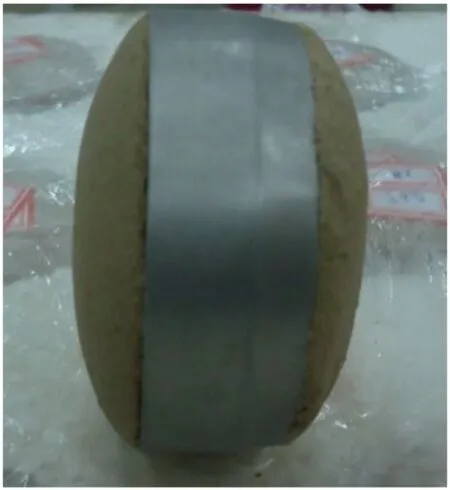
Fig.1.Soil samples after several freeze-thaw cycles.
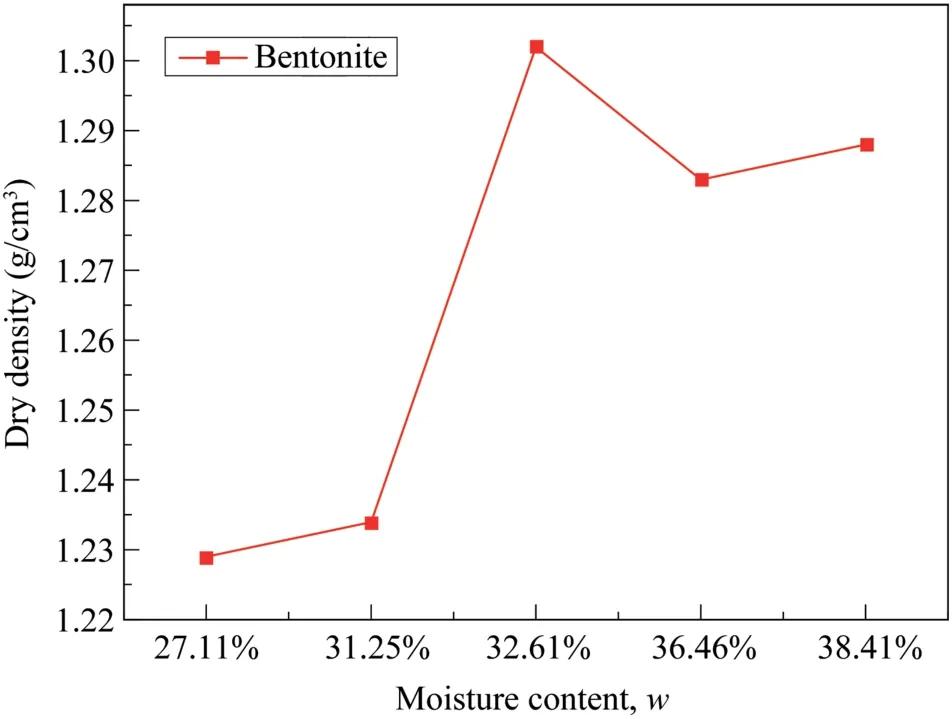
Fig.1.The compaction curve of the bentonite clay.
Air-dried bentonite was mixed with a specific amount of water to achieve the target moisture contents,and the thoroughly mixed samples were then stored in sealable plastic bags for over 24 h to ensure moisture homogenization at a room temperature of 25°C.The cylindrical specimens prepared for 1D F-T cycle tests are 61.8 mm in diameter and 20 mm in height,and those for three-dimensional F-T cycle tests have the same diameter and a height of 40 mm.All soil samples were statically compacted layer by layer into a mold with a given dry density and soil water content.Then all the prepared specimens were stored in airtight containers before testing.
2.2.Experiments scheme
A series of F-T cycle tests were conducted in the laboratory to investigate the influence of the soil water content and dry density on the freezing characteristic of bentonite.The 1D tests were carried out to determine the volumetric change upon the freezing and thawing process,while the 3D tests were performed to better illustrate the volumetric change induced by temperature variations.To address the influence of soil water content and dry density,five RC levels,i.e.,0.80,0.85,0.90,0.95,and 1.00,and two initial water contents,including 33%and 43%,were selected.The test plan is listed in Table 2.

Table 2 Experimental program.
2.3.One-dimensional freeze-thaw cycle tests
The traditional 1D freeze-thaw test apparatus comprises a pressure system,a water replenishing system,a temperature control system,a temperature monitoring system,and a displacement monitoring system.This paper mainly focuses on frost deformation induced by the freeze of pore water in a closed system.All specimens were compacted with a given initial soil water content and RC level for the 1D F-T tests.Firstly,the amount of water was calculated by its initial soil water content and a selected RC level.Then water was mixed with air-dried bentonite to achieve the target soil water content.The soil-water mixture was stored in a plastic bag for over 24 h to ensure homogenous moisture redistribution and then was used to prepare cylindrical specimens of 61.8 mm indiameter and 20 mm in height by statical compaction.The height of each soil sample was measured by the vernier caliper before being sealed with plastic film.The soil samples were then placed into a foam container in an environmental chamber with the temperature lowered from 25°C to-10°C to allow 1D freezing.Fig.2 illustrates the apparatus of 1D freethaw cycle tests.This paper uses a revised formula for calculating the volumetric change in 1D tests,as detailed in Appendix A.

Fig.2.The coordinate system and REV's stress on the surface of the sample.
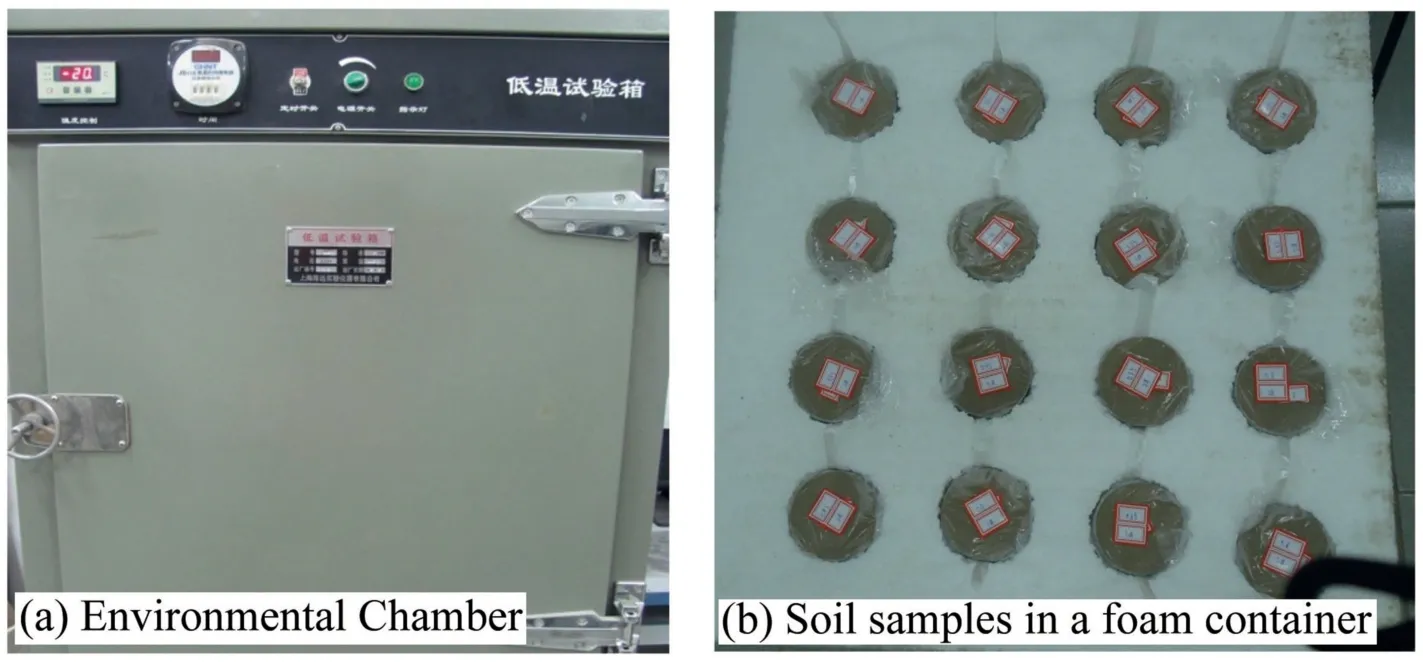
Fig.2.The apparatus for one-dimensional freeze-thaw tests.
2.4.Three-dimensional freeze-thaw cycle tests
The volumetric change was determined by a temperature-controlled volumetric change apparatus.The test apparatus consists of a volume box (Fig.3a),a pressure control system (Fig.3b),and a temperature control system(Fig.3c).The specimen sealed by a membrane was placed in the volume box surrounded by a cooling medium (Ethylene Glycol),and the volume box is connected to the pressure control system implemented via an air compressor.Note that the temperature of the entire apparatus was regulated by an environmental chamber.
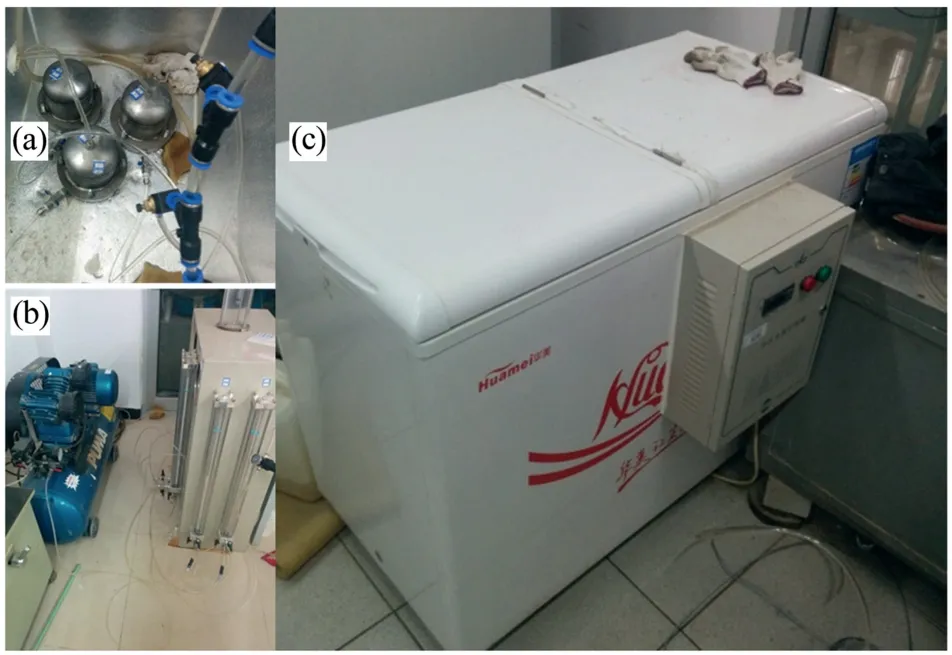
Fig.3.The apparatus for three-dimensional freeze-thaw cycle tests.
In the 3D F-T tests,the sealed sample was set in the volume box for 24 h at a temperature of 25°C.Then the valve of cell pressure was opened to allow ethylene glycol to enter the volume box,which was placed into an environmental chamber.The temperature was maintained at-7°C until the volumetric change of the sample was less than 0.1 mm3within 2 h.It is noteworthy that soil specimens were keeping at the test temperature(i.e.,-7°C)for 24 h to achieve thermal equilibrium.The readout of the piezometers was recorded when the liquid surface was stable,which was used to determine the volumetric change of the soil sample.The experimental conditions and the properties of the samples used in the 3D test are listed in Table 3.
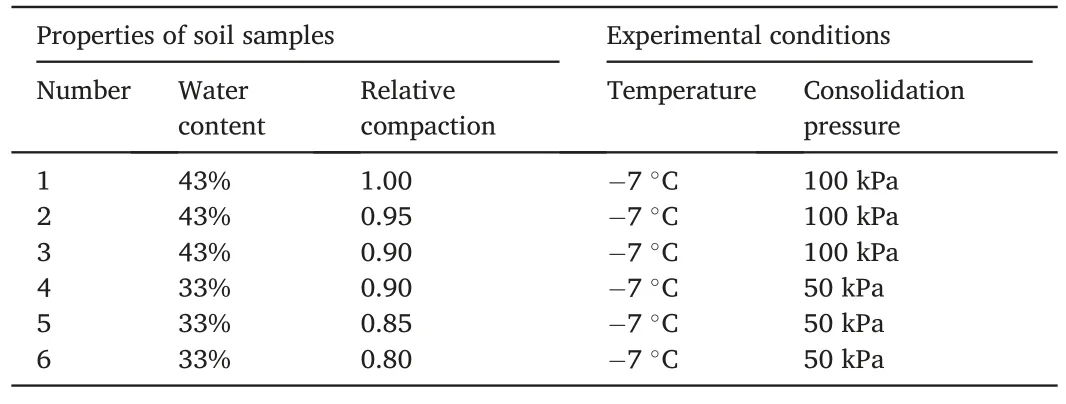
Table 3 Experimental conditions and the properties of the samples used in threedimensional test.
3.Results and discussions
3.1.One-dimensional freeze-thawing cycle test result
3.1.1.Influence of initial soil water content on freeze-thaw deformation
Soil samples with a higher degree of saturation are difficult to compact and hence have larger porosity values.The actual RC values corresponding to target RC levels of 1.00 and 0.95 are 0.97 and 0.93,respectively.The actual values of RC for soil samples with different soil water content are listed in Table 4.

Table 4 The actual relative compaction values for samples of varying water content(Onedimensional test).
As shown in Fig.4,the freezing deformation properties of soil with various RC values are affected significantly by the initial soil water content.At higher RC values (e.g.,RC=1.00 and 0.95),soil samples of 43%water content show frost heave and thaw settlement.Whereas,soil samples with 33% water content show frost shrinkage and thaw expansion.And the void ratio of soil samples after several F-T cycles changed slightly compared with the initial value.The void ratio with higher water content decreased,while that with low water content increased at the end of F-T cycles.Besides,the variation of void ratio was nearly identical during each F-T cycle.
For soil samples with a relatively low RC value,the result was different.Frost shrinkage occurred in the first few cycles,and frost heave and thaw shrinkage happened at the end of several cycles.Soil samples with 22%water content showed similar behavior for RC=1.00 and 0.95.For a lower degree of compaction,soil samples shrank during freezing while expanded upon thawing.
In summary,for soil samples with 43% initial water content,frost heave and thaw shrinkage occurred for soil samples with a high dry density,but the test result showed an opposite trend for samples with a low dry density.As for soil samples with 33% initial water content,all soil samples shrank during freezing and expanded upon thawing.
It is well known that initial water content has a great impact on the freezing deformation of soil,and some studies proposed the conception of a critical degree of saturation that separates soil's properties of frost heave and frost shrinkage (Liuet al.,2019;Wanget al.,2022).Two different parts contribute to the total deformation of soil: expansion caused by the phase change from water to ice and contraction due to dehydration shrinkage,ice-cementation,and change of pore structure.And the behavior (expansion and shrinkage) and amount of volumetric change of soil depend on which part is dominant.
For the soil at an initially higher degree of saturation,most of the soil pores are occupied by the growing ice lens produced by water,and soil pore size increases because of the 9% expansion when water turns into ice(Niggemann,2020).It should be noted that the shrinkage caused by ice-cementation and dehydration also occurs simultaneously.However,the magnitude of shrinkage seems insufficient to offset the expansion owing to the formation of ice lenses in soil pores,according to the experiment results.Hence,the soil sample tends to expand during freezing for the initial more compacted soil at a higher degree of saturation.On the contrary,the volumetric expansion is insufficient for soil at a lower degree of saturation to compensate for the shrinkage.According to Fig.4,the critical degree of saturation of bentonite used in this study seems to be between 0.8 and 0.9.3.1.2.Influence of initial dry density on freeze-thaw deformation
The relationship between F-T cycles and void ratio is depicted in Fig.5.For soil samples with 33% water content,all specimens showed frost shrinkage and thaw expansion.And void ratio remained unchanged after several F-T cycles compared with the initial void ratio.As for soil samples with 43% water content,frost heave occurred in the samples with a higher RC value,while frost shrinkage happened to those with a lower RC value.Besides,similar to soil samples with 43%water content,the void ratio of all soil samples remained constant at the end of F-T tests.However,the phenomenon of reaching a residual void ratio(Viklander,1998;Qiet al.,2008)was not observed.
In addition to the volumetric change during the freezing and thawing process,we are also interested in the volumetric change after each F-T cycle.Fig.6 illustrates the relationship between void ratio and the number of F-T cycles.The actual RC values of soil samples with a design RC of 1 at water content of 43%and 33%are 0.97 and 0.88,respectively,due to the difficulty of soil sample preparation at high-water content.
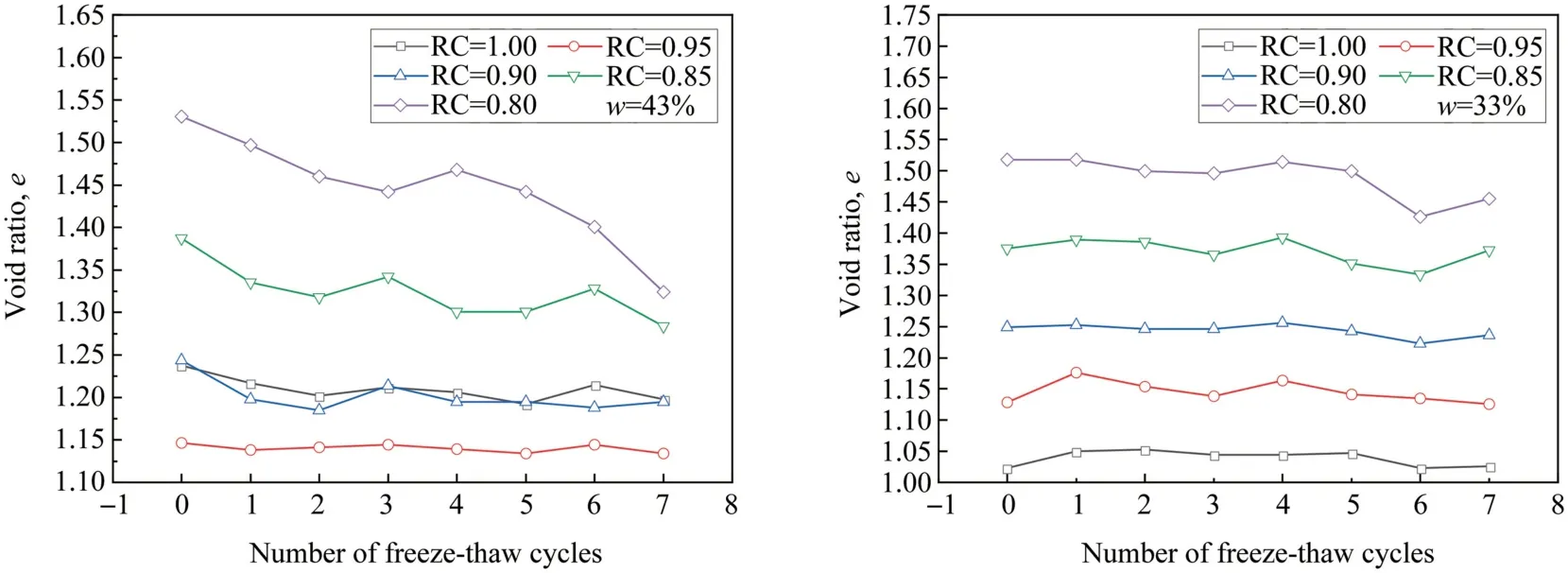
Fig.6.The relationship between freeze-thaw cycles and void ratio (after each cycle).
The void ratio of soil samples with RC=1.00,0.95 and 0.90 at 43%water content remains unchanged with the increase in F-T cycles,revealing that F-T cycling has little influence on the void ratio of soils corresponding to RC=1.00,0.95,and 0.90.However,the void ratio of samples with RC=0.80 and 0.85 decreased with increasing F-T cycles,indicating that F-T cycling could densify initially less-compacted soil samples.Particularly,the void ratio of soil samples with RC=0.80 decreased from 1.5 to 1.3 after seven F-T cycles.At 33%water content,the void ratio of all soil samples except RC=0.80 remains almost constant upon the F-T cycles.Understandably,the volumetric change of lesscompacted soil samples with 33% water content is less significant than that of soil samples with 43% water content after several F-T cycles.As discussed previously,the volumetric changes of soil samples subjected to freezing and thawing are mainly induced by the phase change of soil water and the rearrangement of soil particles.Soil pore structure is more likely changed and destroyed in samples with higher water content rather than that of soils with lower water content,and the plastic deformation caused by the freezing process will not disappear after thawing.Hence,F-T cycles have a more significant effect on soil samples with higher water content.
3.2.Three-dimensional freeze-thaw cycle test
As mentioned in section 2.1,six cylindrical soil specimens were used to measure the volumetric change during each F-T cycle.Fig.7 shows the variation in void ratio with the number of F-T cycles for soil samples with 43%water content and RC values of 1.00,0.95,or 0.90.

Fig.7.Void ratio vs.the number of freeze-thaw cycles in three-dimensional tests (w=43%).
Fig.7 shows that frost shrinkage and thaw expansion occurred for soil samples with RC=0.90,0.95,and 1.00 upon F-T cycling.In general,the void ratio decreases with the increase in the number of F-T cycles,and the void ratio changes rapidly in the first several F-T cycles,then slightly afterward,and remains constant toward the end of the test.In other words,the volumetric behavior becomes elastic after approximately three F-T cycles,as illustrated in Fig.8a.This phenomenon is consistent with previous findings(Viklander,1998;Xieet al.,2015;Liet al.,2017;Zhaoet al.,2021),and reveals that soil structure reaches an equilibrium after several F-T cycles.
Okay, he said, helping12 me down the stairs and to the curb13, I m going to stay here and keep an ear out for the babies. I ll tell you when it s safe to cross. You go over to the Coke machine, get your Coke and come back out. Wait for me to tell you when it s safe to cross back.

Fig.8.Variation of void ratio vs.freeze-thaw cycles in the three-dimensional tests (w=33%).
Opposite to the 1D F-T test results,frost heave and thaw shrinkage were not observed.As discussed in Section 3.1,water content greatly influences the volumetric change of soil samples subjected to 1D freezing process within a closed system.However,for the 3D test,the confining pressure applied for soil samples with 43% water content was 500 kPa,which can greatly restrict soil expansion.The total volumetric change is the result of expansion caused by phase change from water to ice,contraction induced by confining pressure,and pore structure change.For the 3D test,contraction exceeds expansion,and the soil sample becomes more compacted with increasing F-T cycles.
According to Fig.8b,the void ratio of less-compacted soil samples(RC=0.80 and 0.85) decreases with the increase in free-thaw cycles,which is identical to the results of the 1D F-T test.In previous work,the concept of residual void ratio was proposed based on the phenomenon of loose soils tending to densify and dense soils becoming looser after F-T cycles (Konrad,1989;Viklander,1998).In this study,the phenomenon that less-compacted soils tend to densify is also observed.However,the void ratio of more compacted soils remained almost unchanged during F-T cycle tests.
As motivated by Alonso (Alonsoet al.,1987),a diagram of soil structures before and after F-T cycles is depicted in Fig.9.The evolution of soil particles is complex and is related to the change of stress states,including frost heaving stress and thermal stress (Hamilton,1966;Chernyakhovsky,1968;Perfectet al.,1990;Henry,2000;Wanget al.,2015).This study mainly considers the volumetric change after F-T cycles.A previous study,through experiments on silty clay,found that the macro pores increased,mesopores reduced,and micropores remained roughly unchanged during F-T cycles (Zhenget al.,2015).Another investigation discovered that the volumes of micropores and small pores decrease,while the volume of macropores either increases or decreases depending on soil density during F-T cycles(Shenet al.,2022).Moreover,the microstructure could become more uniform after F-T cycles(Tianet al.,2019).Based on the above conclusion,the volume of small pores reduces for initially loose soil and the volume of macropores decreases.As a result,the soil particles rearrange,reflecting the total soil volume shrinkage after F-T cycles.As for the initially dense soil,the volume increase of soil is mainly attributed to the growth of macropores owing to frost heave.However,in this study,frost heave is not obvious or even not observed in 1D and 3D F-T cycle tests,which means the increase in macropores has little influence on total volumetric change.In conclusion,the volumetric change of soil is related to the evolution of macropores and micropores during the freezing and thawing processes.For bentonite,the volume of initially less-compacted soil decreases while the void ratio of compacted soils remained unchanged,which probably is related to its frost susceptibility.

Fig.9.Schematic diagram of the freeze-thaw process of initially less-compacted bentonite.
4.Conclusions
This study used one-dimensional and three-dimensional tests to comprehensively investigate the effects of freeze-thaw cycles on the deformation of bentonite soil with various relative compaction and initial water content.The primary conclusions are as follows:
●The initial water content greatly impacts the deformation of bentonite soil during freeze-thaw cycles.For bentonite with an initial higher degree of saturation,the expansion effects caused by the formation of ice lenses have a more significant impact than the shrinkage of bentonite induced by dehydration,ice-cementation,and so on.Conversely,bentonite intends to shrink at a lower degree of saturation during the freezing process.
●With the increase in freeze-thaw cycles,the void ratio of initial lesscompacted bentonite soil decreases,and the structure of bentonite soil becomes more compacted.In contrast,the void ratio of initially more compacted soil remains unchanged during freeze-thaw cycle tests.The residual void ratio is not observed in this study;the reason probably is related to the frost susceptibility of bentonite.
Acknowledgment
This study was supported by the National Natural Science Foundation of China(Nos.42072316,51979002).
Appendix A.The revised formula for calculating volumetric change
Considering the soil samples tested in the experiment were placed into sample cutting rings,the volumetric change of soil samples would be affected because of the constraints of the cutting ring.Specifically,the constraints of the cutting ring will amplify the axial deformation(uneven deformation)but restrain the radial deformation when frost heave occurs.The height of soil samples is mainly used to determine the volumetric change of soil samples because it is easy to measure and the result is relatively accurate in actual tests.Regarding the above-mentioned status,we developed a revised formula for calculating the volumetric change caused by the temperature variation.
Frost heave
With the increase in F-T cycles,the volumetric change of soil is remarkable and uneven deformation emerges,resulting in a curved surface instead of a flat surface,as shown in Fig.10.
Due to the large deformation due to frost heave,the soil sample has a large axial deformation after multiple F-T cycles,with the thickest part of the soil sample reaching 40 mm thick(a maximum expansion of 100%).To calculate the volume of soil samples,firstly we need to determine the shape of the deformed sample.Considering the constraint of the sample cutting ring,we assume the following:
(1) The axial deformation of soil samples is dominated by the frost-heaving force.When frost heave occurs,the frost heaving force induced by frost heave increases linearly with soil sample strain.
(2) The stress state on the soil surface is considered to be two-dimensional.
Consider a coordinate system with the origin at the edge of the soil surface,and define thexdirection and y direction as the axial and radius direction of the soil sample.Supposing the angle between the sample's surface andy-direction is α,then the stress at a particular point of the sample's surface is presented in Fig.11.
The stress in thex-direction is larger than that in they-direction due to the restriction on soil samples imposed by the cutting ring,e.g.,in the horizontal direction,and σxis uniformly distributed in thex-direction.Thus,for any point in the surface,the axial stress can be calculated as:
whereHis the initial height of the soil sample,Eis the modulus of soil,hmaxis the maximum deformation of the soil sample at one side,andhis the height of the soil sample at a given pointxat one side.
Using Mohr's circle method:
According to the geometry relationship of the soil surface,we can obtain:
By combining Equations(1)-(3),the following equation is obtained:
Thus,by using the general solution of the differential equation and its boundary conditions:y=0 atx=0 or 2R,andy=hmaxatx=R,we have the solution of deformationyas:
Equation(5)implies the surface of the soil sample is paraboloid when frost heave occurs,and the volumetric deformation of the sample on one side is:
Assuming the volumetric change of each side is symmetrical,the total volumetric change of the soil sample is 2ΔV1,and further soil void ratio can be calculated as:
wheree0is the initial void ratio of the soil sample;e1is the final void ratio after frost heave.It should be mentioned thathmaxis the maximum deformation of the soil sample at one side and is half of the total axial deformation of the soil sample at the central axis.
Frost shrinkage
In certain experiments,soil cross-sectional area shrank.It is obvious that using the original cross-sectional area will overestimate a soil sample's volume.Therefore,an additional formula is required in the case where the height of the soil sample becomes smaller than the initial height.
Due to shrinkage,the cutter ring has no constraint on the side wall of the soil sample.In this case,it is assumed that the soil sample shrinks isotropically in three dimensions.Hence,the soil shrinkage strain in the radial direction can be assumed to be the same as that in the axial direction:
whereV0is the sample's initial volume;Vxis the sample's volume after frost shrinkage;e0is the initial void ratio andexis the final void ratio after frost shrinkage.Thus,
whereA0is the sample's initial cross-sectional area of,Axis the sample's cross-sectional area after frost shrinkage,h0is the sample's initial height andhxis the sample's height after frost shrinkage.
Then,the relationship between the height and void ratio of soil samples is obtained as:
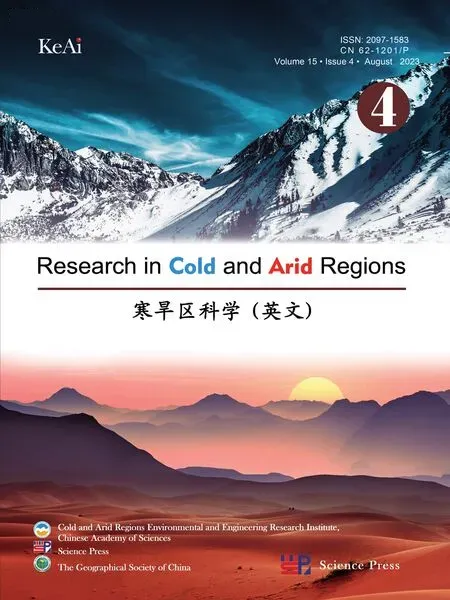 Sciences in Cold and Arid Regions2023年4期
Sciences in Cold and Arid Regions2023年4期
- Sciences in Cold and Arid Regions的其它文章
- Dissolved organic carbon fractionation in wet deposition and its potential impact on radiative forcing in the central Tibetan Plateau
- Pore evolution and shear characteristics of a soil-rock mixture uponfreeze-thaw cycling
- Stability of loess high-fill slope based on monitored soil moisture changes
- Extracting water body data based on SDWI and threshold segmentation: A case study in permafrost area surrounding Salt Lake in Hoh Xil,Qinghai-Tibet Plateau,China
- 《寒旱区科学》(英文)关于数据论文关联数据提交的倡议书
